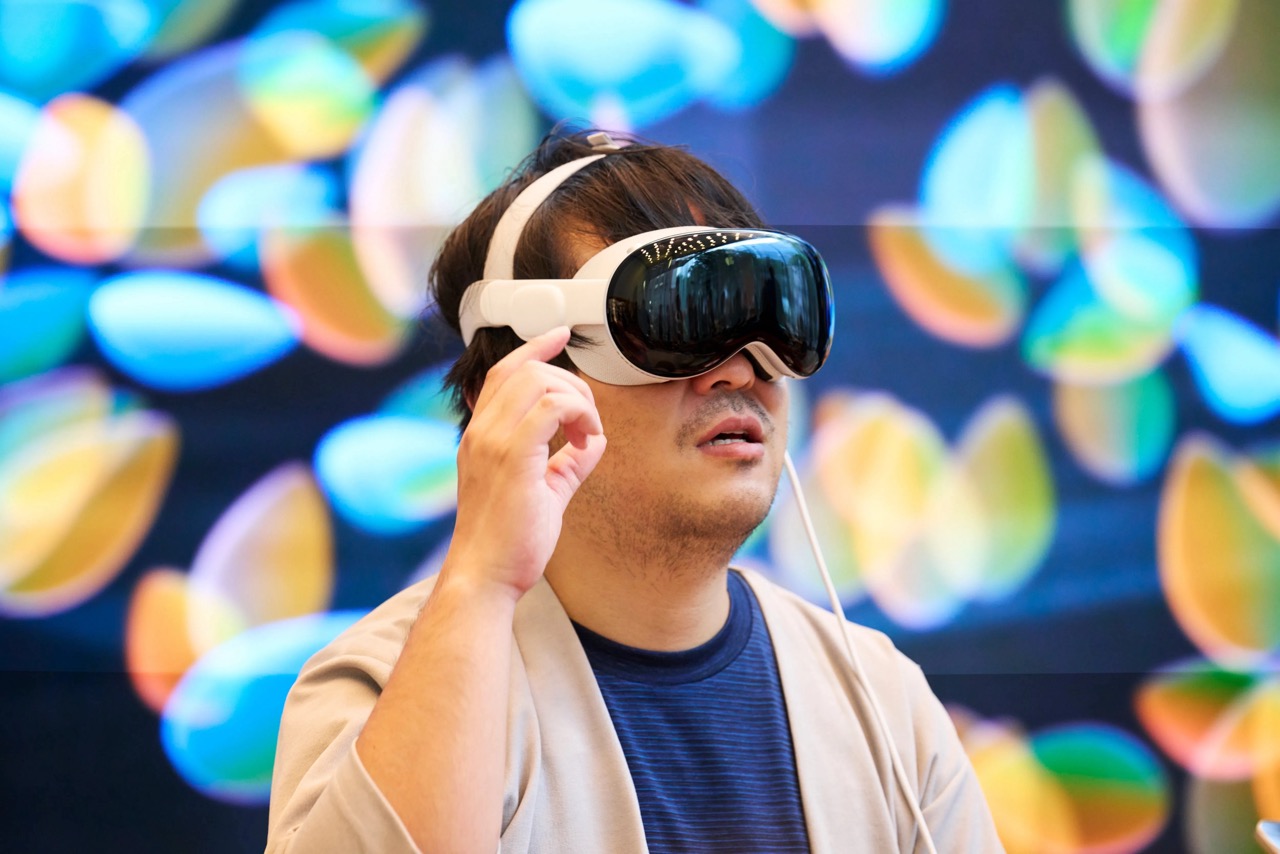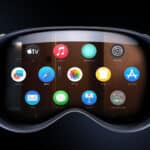Apple Vision Pro is designed to blur the lines between digital and physical spaces by offering immersive experiences. Unlike traditional AR or VR headsets, Vision Pro aims to introduce a seamless integration of apps, media, and content within the user’s environment. With advanced spatial awareness and gesture controls, it promises to revolutionize productivity, entertainment, and everyday tasks.
Vision Pro leverages cutting-edge technologies like eye-tracking, gesture controls, and high-resolution displays to create an unparalleled user experience. Its spatial computing capabilities are poised to unlock new possibilities in virtual collaboration, design, and content creation. Users can manipulate objects, interact with apps, and even have virtual meetings—all within their physical surroundings.
One of the biggest hurdles for Vision Pro is its price point. As a premium device, it may be out of reach for many potential users, limiting widespread adoption. For Vision Pro to thrive, Apple will need to prove that the value it offers justifies the cost, especially when competing with more affordable AR/VR options on the market.
For Vision Pro to succeed, it’s crucial that users find it intuitive and easy to adopt. Spatial computing is still a relatively new concept for most consumers, and Apple will need to ensure the learning curve isn’t steep. Achieving widespread adoption will require a focus on user-friendly experiences, clear value propositions, and comprehensive educational resources.
Apple’s Messaging Strategy: Make or Break for Vision Pro

Apple’s ability to clearly define and market what spatial computing is—and why it matters—will be central to Vision Pro’s success. By framing it as a new computing paradigm, Apple must effectively communicate how Vision Pro isn’t just another tech gadget but a transformative tool that enhances productivity and creativity.
To capture consumer interest, Apple must highlight real-world use cases that resonate with both individual and professional users. Demonstrating how Vision Pro can be used in creative industries, remote work, entertainment, and even daily life will be key. Whether it’s editing videos in 3D space, hosting immersive virtual meetings, or experiencing cinema-quality media at home, Apple must showcase compelling scenarios that justify the investment.
The AR/VR landscape is already crowded with competitors like Meta’s Quest series and Microsoft’s HoloLens. Vision Pro needs to differentiate itself not only through technical superiority but by offering experiences that other devices can’t match. By focusing on premium quality and versatility, Apple can carve out a niche in the high-end spatial computing market.
A strong developer community is essential for Vision Pro’s long-term success. By encouraging developers to create apps that take full advantage of spatial computing, Apple can build a robust library of content that draws users in. Incentivizing third-party developers to innovate with Vision Pro could lead to breakthroughs that become the device’s “killer apps.”
The Future of Apple Vision Pro
Vision Pro represents more than just a new product—it’s a strategic push into the future of computing. If successful, Vision Pro could set the stage for a new era of spatial interfaces that redefine Apple’s entire product lineup. Whether it’s integrating spatial controls into future Macs, iPads, or even wearables, Vision Pro could be the first step in a much larger transformation.
Looking forward, Vision Pro is likely just the beginning. Apple’s iterative approach to product development suggests that we could see more affordable versions, enhanced features, and expanded use cases in future models. As Apple refines the technology, Vision Pro could evolve from a niche product into a mainstream tool for work, play, and everything in between.
Apple Vision Pro has the potential to revolutionize how we interact with technology, but its success will hinge on Apple’s ability to clearly define its value proposition and deliver a compelling user experience. The company must navigate challenges related to pricing, user adoption, and competition while highlighting the transformative power of spatial computing. As we look ahead to its launch, Vision Pro’s journey will serve as a case study in how innovation can thrive—or stumble—based on the power of storytelling and real-world relevance.













